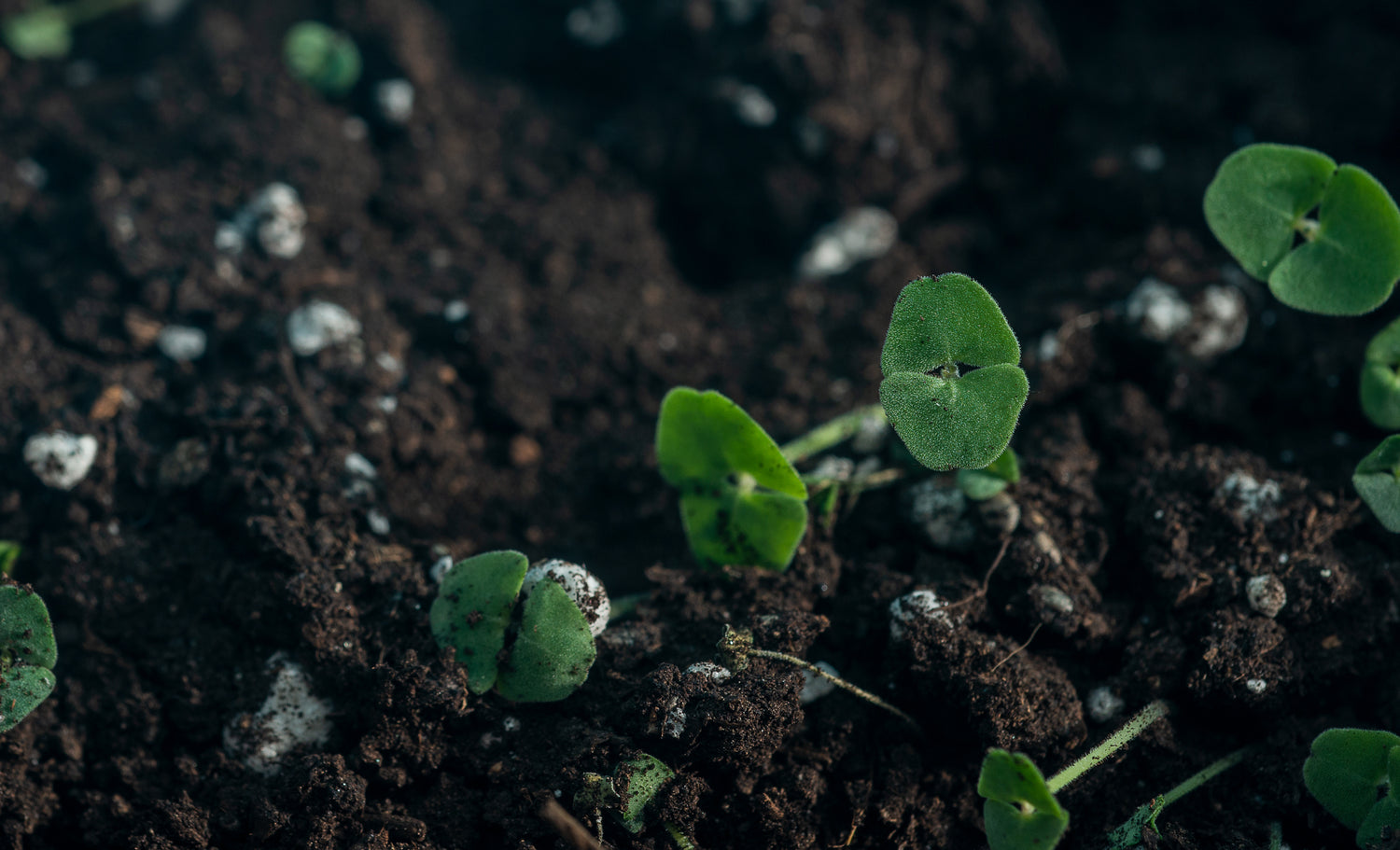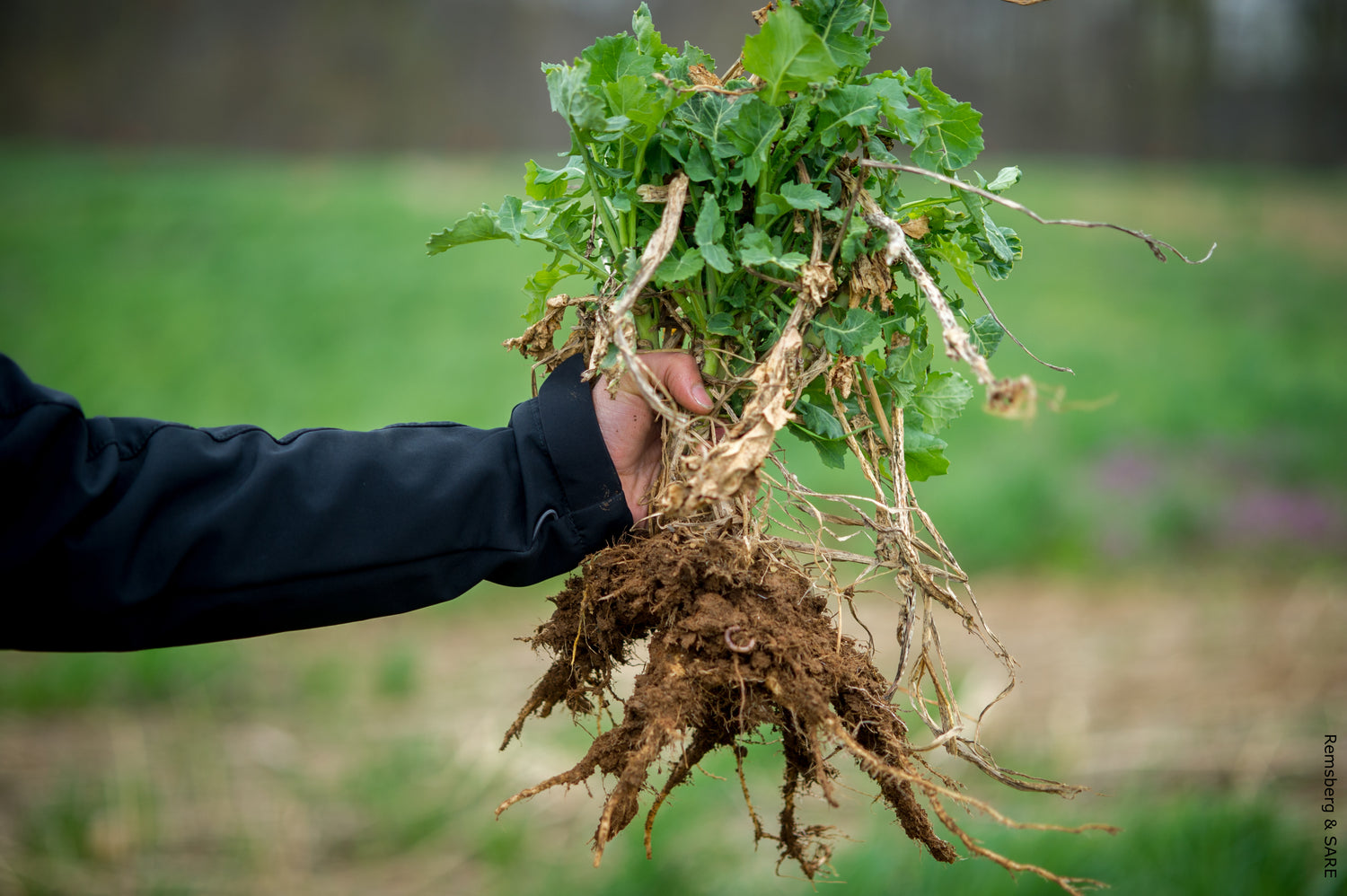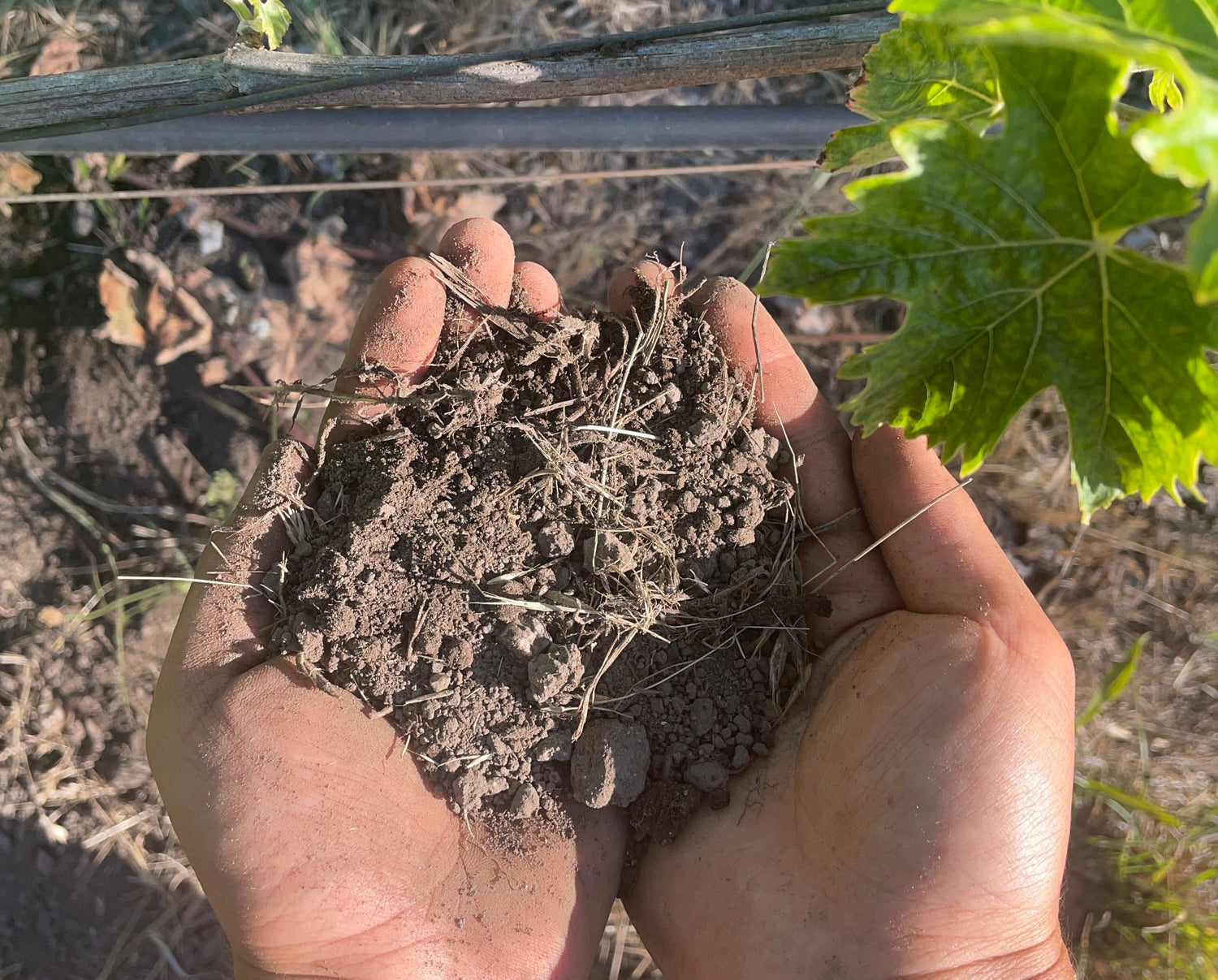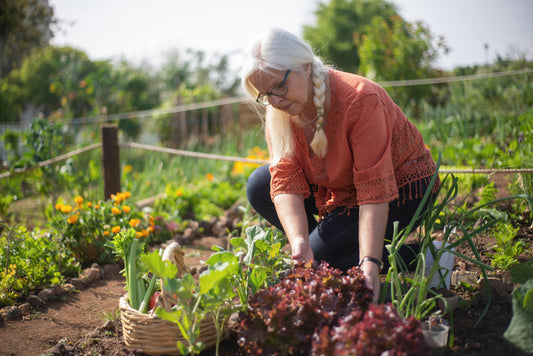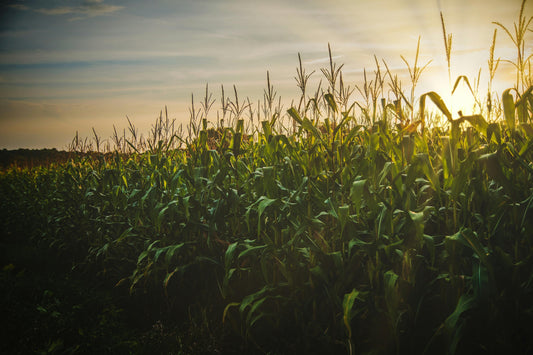Anaheim's diverse soil types, shaped by coastal proximity and urban development, are essential for successful gardening, landscaping, and urban agriculture in Orange County. Understanding these varied soils—from sandy coastal to fertile clay loam—enables residents to optimize plant health and sustainable land use.
Anaheim Soil Types: Complete Guide for Gardening & Landscaping
Anaheim features seven primary soil types: coastal sandy soils, urban soils, clay loam soils, rocky hillside soils, alluvial soils, and loamy soils, each requiring specific management approaches for optimal gardening and landscaping success.
Understanding Anaheim's Soil Diversity
Anaheim's soil composition reflects its unique geographic position between the Pacific Ocean and inland hills. The USDA Natural Resources Conservation Service identifies multiple soil series throughout Orange County, with Anaheim containing a diverse mix of coastal, alluvial, and anthropogenic soils that support urban parks, community gardens, and native ecosystems.
The city's Mediterranean climate, characterized by warm, dry summers and mild, wet winters, significantly influences soil development and management requirements. These varied soils contribute to the region's landscaping and urban agriculture activities.
Primary Soil Types in Anaheim
Coastal Sandy Soils
Sandy soils dominate Anaheim's western areas closer to the Pacific Ocean. These soils feature large particle sizes that provide excellent drainage but limited nutrient retention capacity. Sandy soils support drought-tolerant native plants like California poppies and are ideal for xeriscaping applications.
Management of sandy soils requires regular organic matter additions to improve water and nutrient retention. Compost incorporation at 2-4 inches annually helps bind soil particles and creates a more stable growing medium.
Urban Soils
Urban soils throughout Anaheim's developed areas have been significantly altered by construction and development activities. These anthropogenic soils vary widely in quality and composition, often containing construction debris or potential contaminants.
Urban soil management requires professional testing for pH, nutrients, and potential contaminants before establishing gardens. Raised bed systems with imported soil often provide the most reliable growing medium for urban gardening projects.
Clay Loam Soils
Clay loam soils represent a balanced mixture of sand, silt, and clay particles, making them common in Anaheim's residential neighborhoods. The Anaheim soil series, classified as fine-loamy, offers good drainage and nutrient retention characteristics ideal for ornamental landscaping.
These soils benefit from annual aeration to prevent compaction and organic matter additions to maintain soil structure. Proper drainage management prevents waterlogging during winter rains.
Rocky Hillside Soils
Rocky soils with shallow depth dominate the Anaheim Hills area. These soils support native chaparral ecosystems but present challenges for conventional gardening due to limited rooting depth and rocky terrain.
Native plant selection proves most successful in rocky soils, with species like ceanothus and manzanita thriving in these conditions while providing erosion control and wildlife habitat.
Alluvial Soils
Alluvial soils, formed by historical sediment deposition, occur in Anaheim's low-lying areas. These fertile, nutrient-rich soils support community gardens and urban farming initiatives due to their excellent growing conditions.
Erosion control becomes critical for alluvial soils, particularly during winter rains. Cover crops and mulching help protect soil structure and prevent nutrient loss.
Loamy Soils
Loamy soils combine sand, silt, and clay in optimal proportions, making them highly versatile for diverse plantings. These soils support everything from turf grass to fruit trees and are common in Anaheim's parks and recreational areas.
| Soil Type | Key Features | Primary Uses | Management Challenges |
|---|---|---|---|
| Coastal Sandy | Large particles, excellent drainage | Native plants, xeriscaping | Low nutrient retention |
| Urban | Variable quality, often compacted | Raised bed gardens | Contamination risks |
| Clay Loam | Balanced texture, nutrient retention | Ornamental landscaping | Compaction, drainage |
| Rocky Hillside | Shallow depth, rocky terrain | Native plant conservation | Limited planting options |
| Alluvial | Fertile, nutrient-rich | Community gardens | Erosion control |
| Loamy | Balanced drainage and fertility | Parks, diverse plantings | Maintenance requirements |
Soil Management Best Practices
Soil Testing for Informed Decisions
Professional soil testing provides essential information about pH levels, nutrient content, and potential contaminants. Testing every 1-2 years helps optimize soil amendments and plant selection for maximum success.
University of California Cooperative Extension recommends testing costs ranging from $20-150 depending on the scope of analysis. Basic pH and nutrient tests suffice for most gardening applications.
Organic Matter Enhancement
Compost additions improve soil structure across all soil types. Sandy soils benefit from increased water retention, while clay soils gain improved drainage and aeration. Apply 2-4 inches of compost annually, working it into the top 6-8 inches of soil.
Drainage Management
Proper drainage prevents root rot and other moisture-related problems. Clay soils may require raised beds or drainage tiles, while sandy soils benefit from mulching to slow water infiltration.
Native Plant Selection
California native plants adapted to local soil conditions require less water and maintenance than exotic species. Coastal sage scrub plants thrive in sandy soils, while chaparral species suit rocky hillside conditions.
Frequently Asked Questions
What is the most common soil type in Anaheim?
Clay loam and loamy soils are most prevalent in Anaheim's urban and landscaped areas due to their versatility for gardening and landscaping applications.
How do I know if my soil is sandy or clay loam?
Perform a ribbon test by rolling moist soil into a ball and flattening it. A ribbon less than 1 inch suggests loam, 1-2 inches indicates clay loam, and greater than 2 inches is clay.
Can I garden in coastal sandy soils?
Yes, sandy soils support drought-tolerant native plants like California poppies. Add compost regularly to improve nutrient retention and water-holding capacity.
How do I manage clay loam soils for better drainage?
Annual aeration and organic matter additions improve clay loam drainage. Avoid working clay soils when wet to prevent compaction.
Are Anaheim's urban soils safe for gardening?
Test urban soils for contaminants like lead, especially in older areas. Use raised beds with imported soil if contamination is present.
What plants grow best in rocky hillside soils?
Native chaparral plants like ceanothus, manzanita, and California lilac thrive in rocky soils while providing erosion control and wildlife habitat.
How often should I test my soil?
Test soil every 1-2 years or after significant land use changes to maintain optimal growing conditions and track soil health improvements.
Conclusion
Anaheim's diverse soil types offer both opportunities and challenges for gardening and landscaping success. Understanding each soil type's characteristics enables residents to make informed decisions about plant selection, soil amendments, and management practices. Through proper soil testing, organic matter additions, and appropriate plant selection, Anaheim's varied soils can support thriving gardens, sustainable landscapes, and healthy urban ecosystems.
Sources
- USDA Natural Resources Conservation Service. Web Soil Survey. https://websoilsurvey.sc.egov.usda.gov/
- University of California Cooperative Extension. Soil Testing Guidelines. https://ucanr.edu/sites/UrbanHort/Soil_Testing/
- California Department of Food and Agriculture. Soil Health Assessment. https://www.cdfa.ca.gov/oefi/healthysoils/
- Rodale Institute. Soil Health Resources. https://rodaleinstitute.org/science/soil-health/
- USDA Natural Resources Conservation Service. Soil Health Guides. https://www.nrcs.usda.gov/resources/guides-and-instructions/soil-health
- California Native Plant Society. Native Plant Gardening. https://www.cnps.org/gardening
- EPA. Brownfields and Urban Soils. https://www.epa.gov/brownfields







